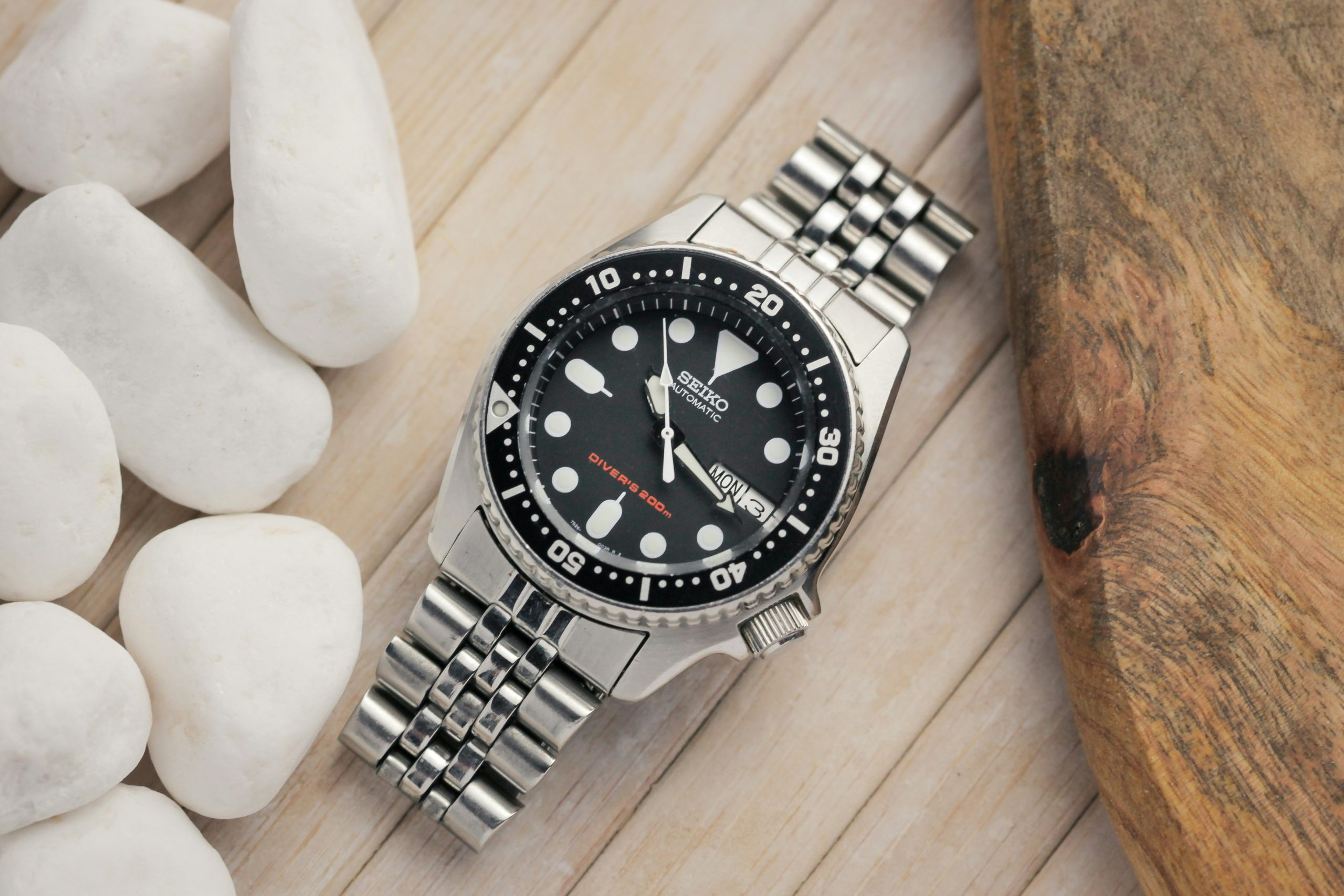Kimono Modernization: Tradition Clashes with Fast Fashion
When it comes to fashion, there’s a constant battle between tradition and trendiness. This is particularly evident in the world of kimono, the traditional Japanese garment that has been around for centuries. With the rise of fast fashion and the demand for newer, more modern styles, there has been a clash between preserving tradition and staying relevant in the fashion industry. The result? Kimono modernization, a controversial topic that has sparked debates and raised questions about cultural appropriation and authenticity.
The History of Kimono
To understand the issue of kimono modernization, it’s important to first delve into the history of this iconic garment. The word “kimono” literally means “something to wear” in Japanese and is a broad term used to describe various types of traditional Japanese clothing. It is a T-shaped, straight-lined robe that is wrapped around the body and secured with a sash called an obi. The original form of kimono dates back to the Heian period (794-1185), where it was worn as an undergarment or outerwear by both men and women.
Over time, the kimono evolved to become a symbol of social status, with different designs, fabrics, and styles representing different ranks and occasions. During the Edo period (1603-1867), kimono production became more refined and specialized, with skilled artisans creating intricate designs using various dyeing and weaving techniques. The kimono also became associated with the concept of wabi-sabi, or the acceptance of imperfection and transience, as the garment is often made from natural materials that change with age and wear.
The Rise of Fast Fashion
The 20th century saw the rise of the fast fashion industry, which focused on producing inexpensive, mass-produced clothing that followed the latest trends. This shift towards disposable fashion had a huge impact on traditional garments like the kimono. As Western fashion became more popular, the demand for kimonos declined, and many kimono makers went out of business.
In recent years, however, there has been a renewed interest in the kimono, thanks to its unique and timeless aesthetic. But with fast-fashion brands introducing modernized versions of the kimono, questions of cultural appropriation and authenticity have taken center stage.
Cultural Appropriation vs. Appreciation
The modernization of the kimono has sparked debates about cultural appropriation, as non-Japanese brands and designers attempt to commercialize the traditional garment. Some argue that this is a form of cultural theft and a disrespectful appropriation of a sacred piece of clothing. On the other hand, there are those who argue that cultural exchange and appreciation should be encouraged, as long as it is done respectfully and with proper understanding of the cultural significance of the garment.
The Role of Social Media
One factor that has contributed to the rise of kimono modernization is the influence of social media. With platforms like Instagram and Pinterest promoting and normalizing cultural appropriation, the line between appreciation and appropriation can often become blurred. Many non-Japanese influencers have been seen sporting modernized versions of the kimono, often marketed by fast-fashion brands, leading some to question their intentions and understanding of the cultural significance of the garment.
Authentic vs. Modernized Kimono
So, what exactly is a modernized kimono? Essentially, it refers to a version of the traditional Japanese garment that has been altered to cater to current fashion trends. This could mean shorter lengths, different shapes, and even incorporating non-traditional fabrics and designs. While some argue that this is a necessary step to keep the kimono relevant and appealing to younger generations, others argue that it dilutes the authenticity and cultural significance of the garment.
However, there are brands and designers who have successfully modernized kimono while respecting and preserving its traditional roots. These brands often collaborate with traditional kimono makers and artisans, promoting sustainable and ethical production practices while staying true to the heritage of the garment.
The Future of Kimono
As the debate around kimono modernization continues, there is no doubt that the future of this iconic garment is at a crossroads. While some argue that modernization is necessary for the kimono to survive in the fast-paced fashion industry, others believe that its rich cultural heritage should be respected and preserved.
What is clear is that the conversation around kimono modernization is far from over. The key lies in finding a balance between preserving tradition and staying relevant, while also promoting cultural understanding and respect. Only then can the kimono truly evolve and thrive in the modern world of fashion.
In Conclusion
The clash between tradition and fast fashion is a complex and ongoing issue in the world of kimono. As the demand for modernized versions of the garment grows, so does the importance of understanding the cultural significance and history of the kimono. Whether it’s through collaboration with traditional artisans or educating consumers about cultural appropriation, finding a way to modernize the kimono while preserving its authenticity is crucial for its survival.











